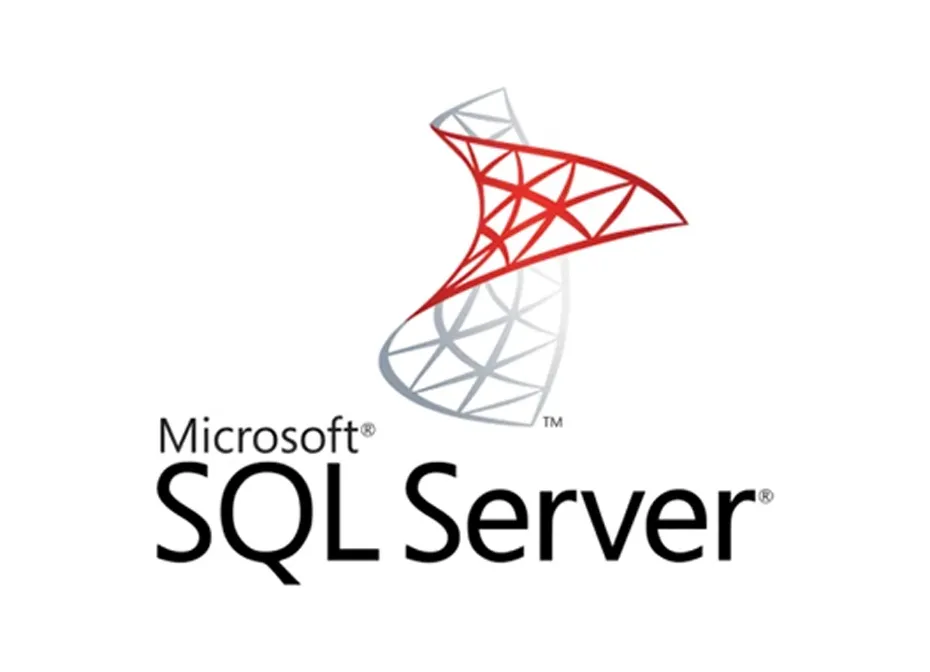✔ Microsoft SQL Server is one the most popular Relational Database Management System (RDBMS) used in Microsoft universe
✔ It can be used for data storage as well as for data retrieval for applications which can be either on desktop or Web/Browse
✔ Write and manage database triggers, cursors and Index

➢What is Data, Field, Record and database?
➢Limitations of File Management System.
➢Basic Concepts of Advantages of DBMS.
➢Exploring Relational DBMS
➢Understanding Client and Server
➢Analyzing the Requirement
➢Identify Entities and their Relationships
➢Drawing E-R Diagram
➢Conversion of E.R. Diagrams into Tables
➢First Normal Form
➢Second Normal Form
➢Third Normal Form Practically Normalizing Tables
➢What is SQL Server Version history and different editions
➢Basic Features Components and Tools
➢Starting and Stopping SQL Server Instances / Services
➢Introduction to Management Studio
➢Types of System Databases in SQL
➢Basics of SQL Types of SQL Statements
➢DDL, DML, DQL, DCL and TCL
➢Create Database using Management Studio
➢Datatypes in SQL Server
➢Exploring DDL Statements on Table using Management Studio
➢Why write statements in Frontends?
➢Create, Alter and Drop Table Insert,
➢Update and Delete Statement Truncate Statement
➢Understanding Select Statement
➢Usage of Top, Distinct, Null etc...keywords
➢Using String and Arithmetic Expressions
➢Exploring Where Clause with Operators
➢Using Advanced Operators
➢Sorting data using Order By clause
➢Working with basic of Sub Queries
➢Using functions in Queries
➢Count, Sum, Min, Max, Avg Group By and Having Clause
➢Using Group By with Rollup and Cube
➢Introduction to Joins Cross Joins
➢Inner Join
➢Outer Join
➢Self Join
➢Co-related Sub Queries
➢Set Operations using Unions, Intersect and Except
➢ Entity integrity
➢ Domain integrity
➢ Referential integrity
➢ Types of constraints
➢ Unique
➢ Not NULL
➢ Primary Key
➢ Introduction & Advantages of Views
➢ Creating, Altering, Dropping Views
➢ Advance Options while Creating a View
➢ SQL Server Catalogue Views
➢ Creating Users & Roles
➢ Granting & Revoking of Roles & privileges
➢ Managing using Management Studio
➢ Introduction Clustered and Non Clustered Index
➢ Creating and Dropping Indexes
➢ Introduction Clustered and Non Clustered Index
➢ Creating and Dropping Indexes
➢ What is T-SQL?
➢ Scripts and Batches Declaring Variables
➢ Using Statements
➢ Working with Temp tables
➢ Error Handling
➢ Using System Functions / Global Variables Using Dynamic SQL
➢ Introduction to stored procedures
➢ Benefits of Stored Procedures
➢ Creating, Executing Modifying, Dropping
➢ Input–Output and Optional Parameters
➢ Introduction to triggers
➢ Constraints vs Triggers
➢ Creating, Altering, Dropping triggers
➢ for/after/instead of triggers
➢ Using Rollback Tran
➢ Creating Cursors
➢ Cursors vs. Select
➢ Types of cursors
➢ Locks on cursors
➢ Advantages of cursors
➢ Introduction Transactions process
➢ Types of transactions (Implicit, explicit)
➢ Working with Locks, Types of locks
➢ Generating SQL Script
➢ Executing SQL Script
➢ Generating Change Script
➢ Taking database Backup
➢ Restoring database using backup
➢ Attaching and Detaching of database
✔ This sql server course can be taken by any beginner who wants to build career in Information Technology. The subscriber needs to have working knowledge of Windows Operating System.

✔ 48 hours on-demand video
✔ 50 articles
✔ 95 downloadable resources
✔ 13 coding exercises
✔ Full lifetime access
✔ Access on mobile and TV
✔ Assignments
✔ Certificate of completion
✔ Closed captions